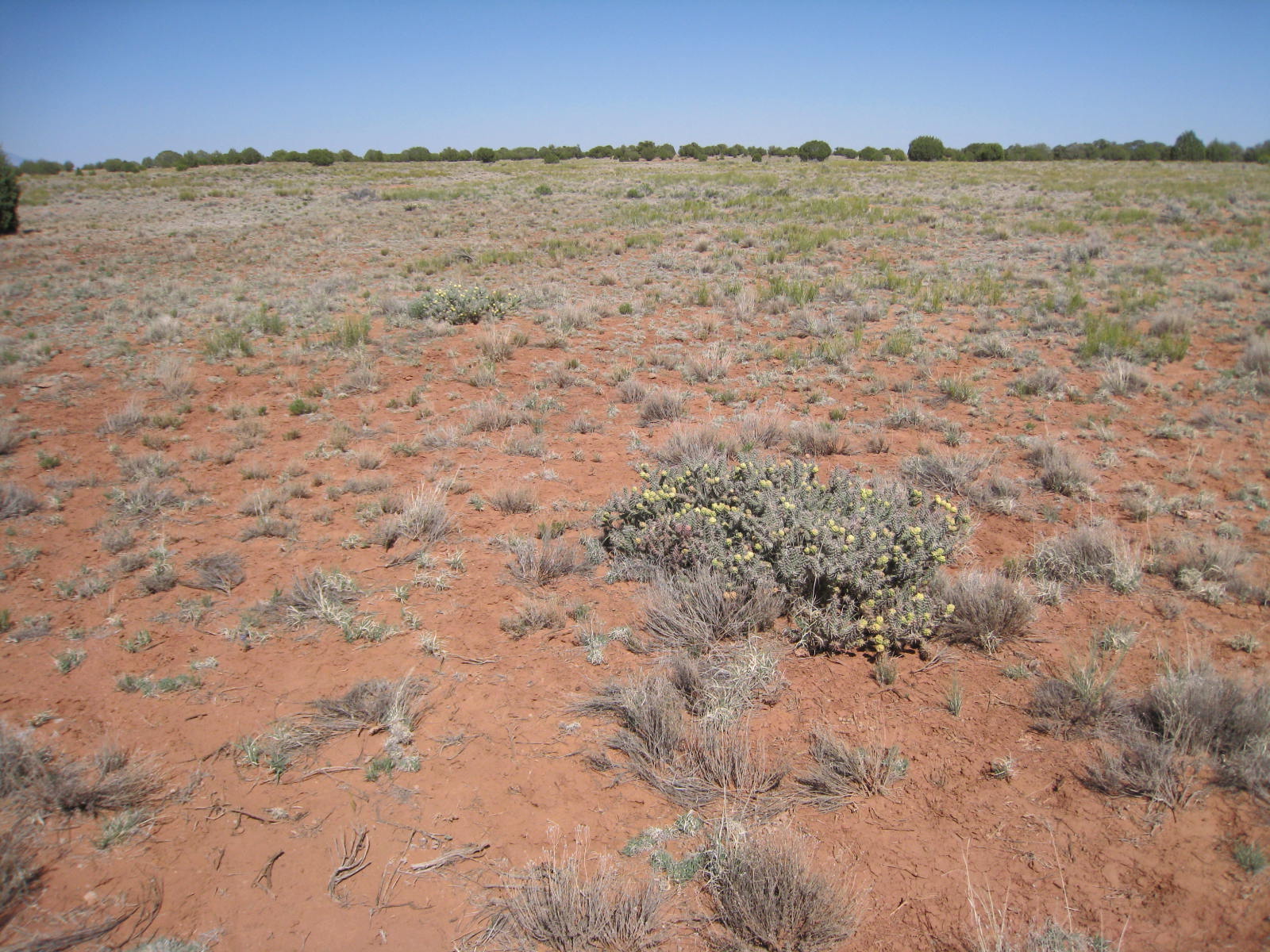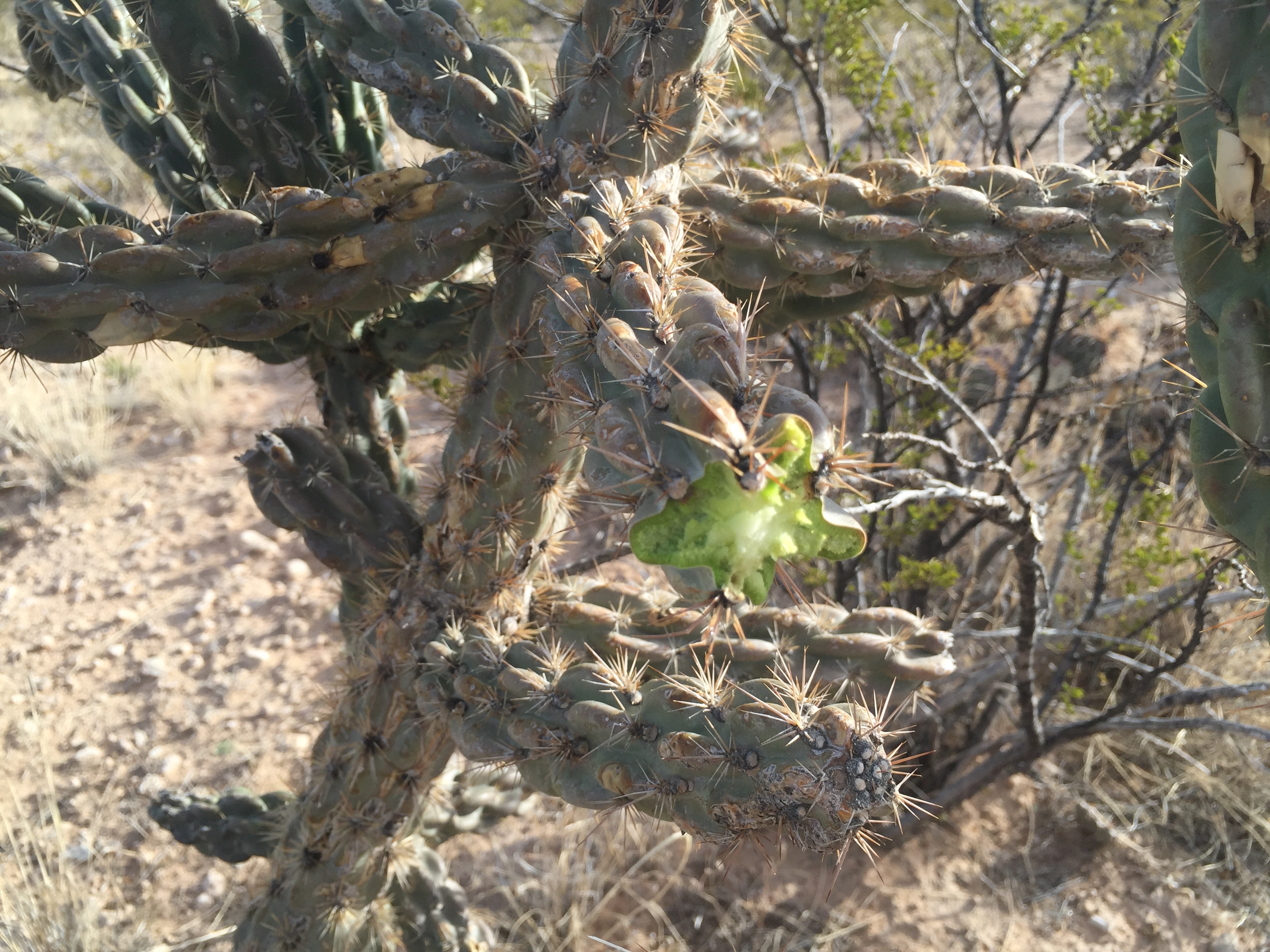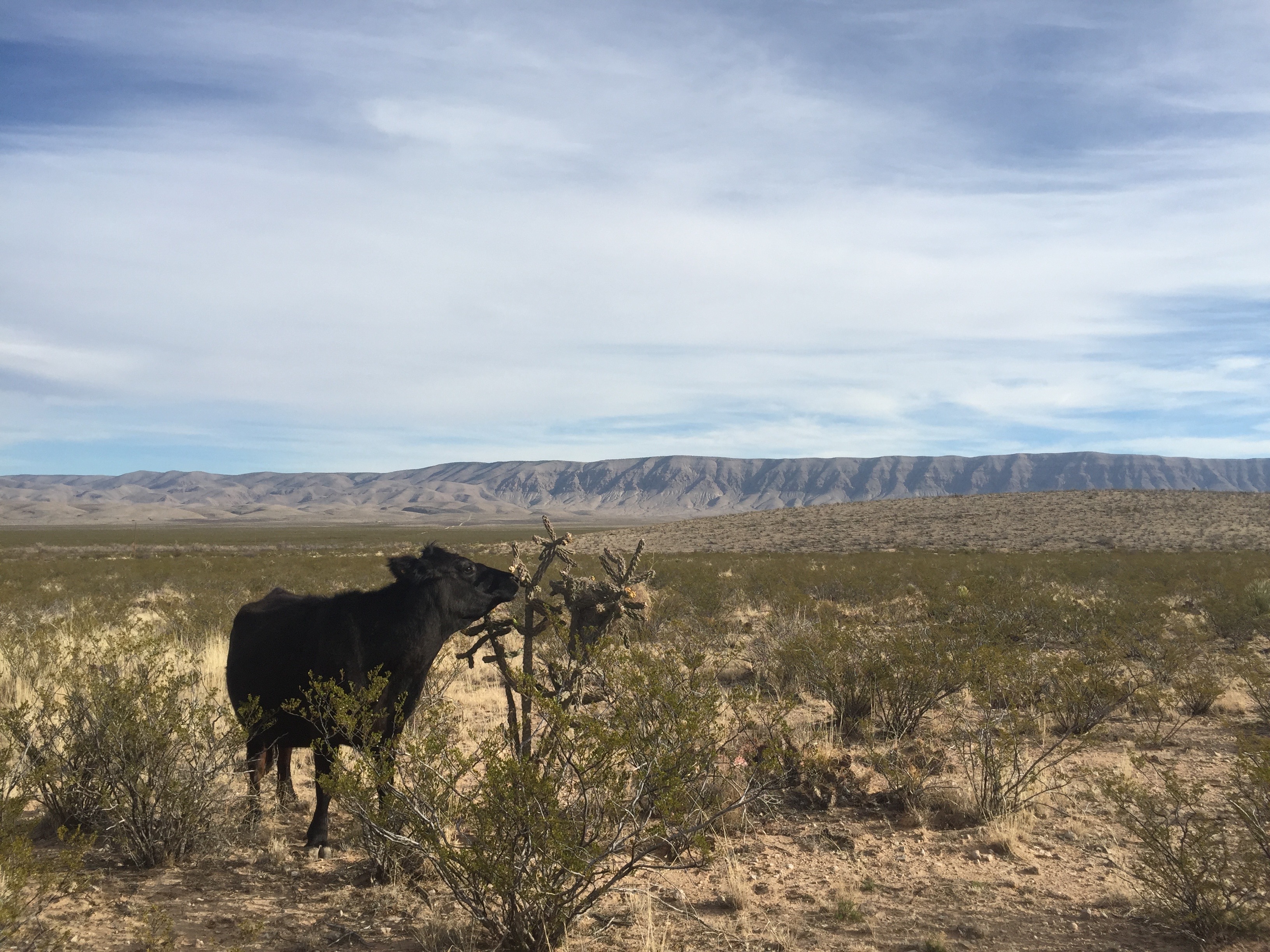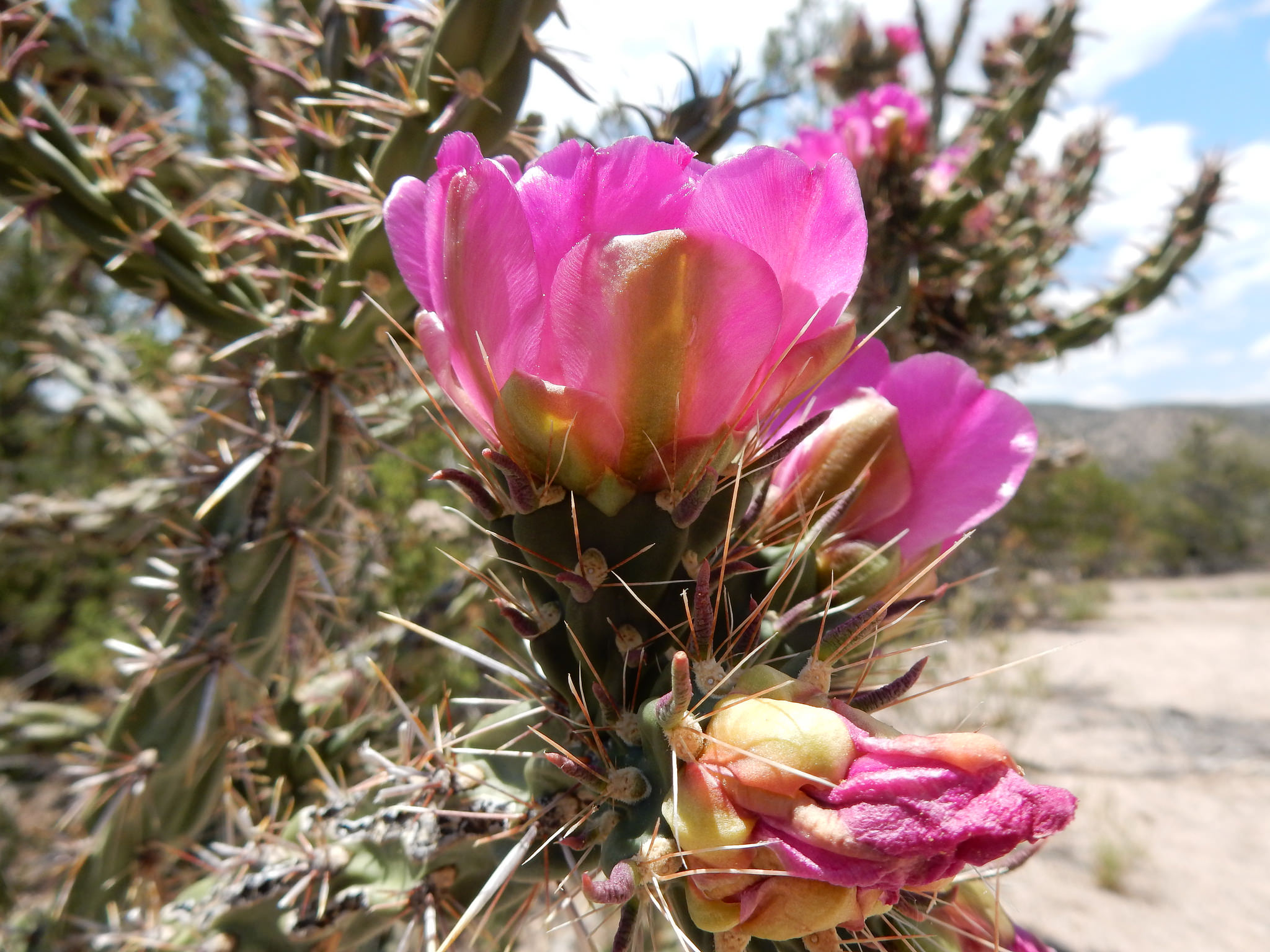Selected Plants of Navajo Rangelands
Cholla

Cholla is a tree-like plant growing to eight feet tall with cylindrical joints and branching stems with numerous one-inch spines. Flowers mature into yellow fruit which drops to the ground when ripe, producing new plants. Cholla also can reproduce from terminal joints that fall to the ground and root when moisture is available.
Cholla often becomes a problem on rangeland when the grass cover is depleted by drought and over utilization. After establishment, the cactus encroaches upon valuable range until dense thickets develop. These thickets hinder livestock operations and compete with needed forage for moisture and nutrients. Cows may develop a cholla-eating habit, especially when pastured among thick stands.
Cholla species found on the Navajo Nation may include:
- Cylindropuntia versicolor
- Cylindropuntia imbricata
- Cylindropuntia whipplei




©2018 NMSU Board of Regents.
Individual photographers retain all rights to their images.
Partially funded by the
Western Sustainable
Agriculture Research and Education Program
(westernsare.org; 435.797.2257),
project EW15-023.
Programs and projects supported by Western SARE are
equally open to all people.